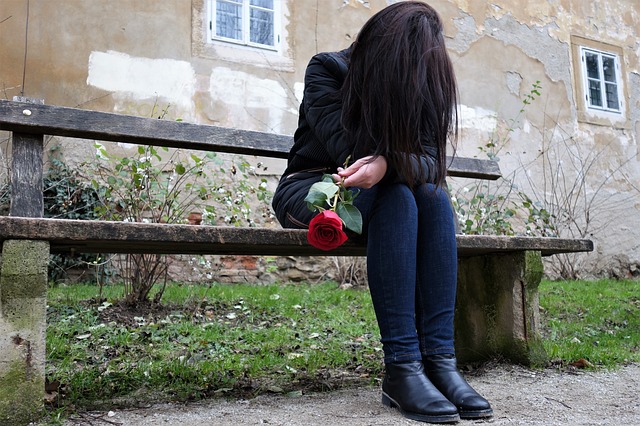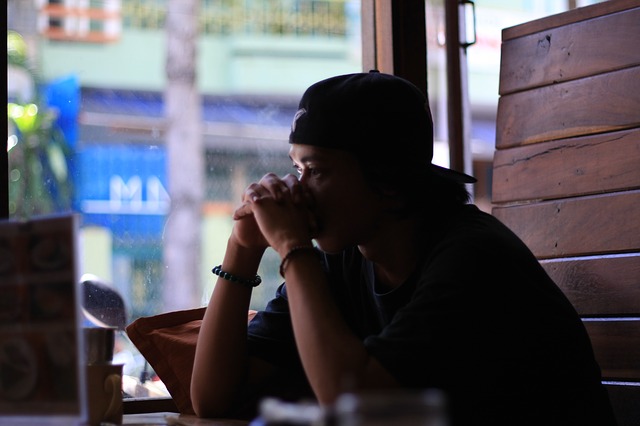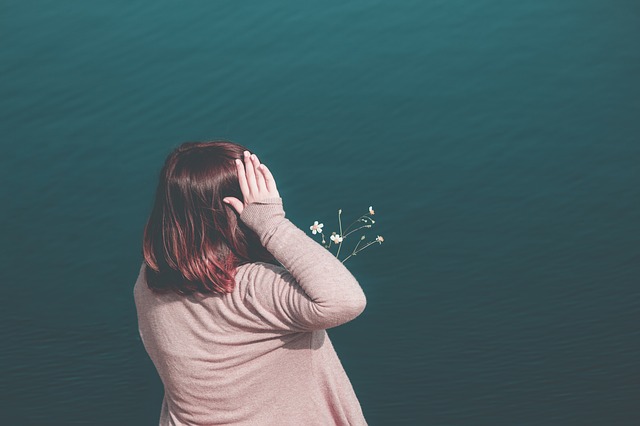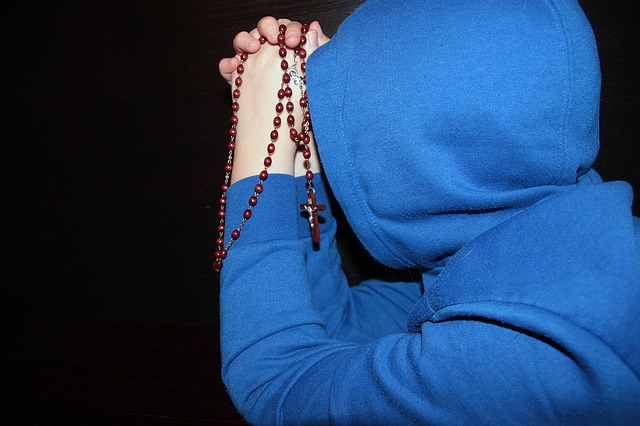Sad Depression Experience
Sad depression if this occurs every year just maybe parent your teenager may be experiencing symptoms. Have you noticed that your teen has a yearly struggle with depression? If so, they might have a condition. Or perhaps not so much called seasonal affective disorder. Similarely, S.A.D is a type of depression that takes place roughly the same time every year. It typically starts around the fall and continues through the winter.
Sad Depression
While it is seasonal, short-lived depression, SAD should not be dismissed as just ‘winter blues’ that your teen will ‘get over’ or has to go through on their own. Like other forms of depression, distress symptoms. Not to mention, Include lack of interest in things ones enjoyed. Changes in appetite, feelings of guilt or worthlessness, and, of course, feelings of sadness most of the day, almost every day. It can get worse if not treated, and result in withdrawal from social activities and work responsibilities, substance abuse, and other mental health disorders. What’s more, seasonal affective disorder can come with thoughts of suicide or even attempts.
Seasonal mood to look out for: Sad Depression.
For the most part, While fall and winter are most common. Spring and winter may affect your child too. Actually, In some ways, these two are polar opposites. While fall and winter SAD symptoms include oversleeping, overeating (and thus weight gain), and low energy. Spring and summer is characterized by trouble sleeping, lack of appetite, and Irritability & anxiety.
The causes Sad depression
Although the exact cause is unknown. SAD can be affected by changes in the levels of specific chemicals in the body. In the case of fall season or wintery month. Moreover, Despair can be brought on by the lack of sunlight typical of these seasons. This is important for treatment, as exposure to light is a possible treatment option. While there is no cure, medication such as Selective Serotonin Reuptake Inhibitors (SSRIs) and antidepressants and psychotherapy (counseling) are other treatment options.
What should you do if no cure.
It’s important as a parent or other family member or loved one of a teen with SAD to take action. Don’t dismiss it as something they will get through on their own. Support is crucial during this time, and, while it’s not a good idea to be aggressive or forceful. Gentle nudges towards going for walks. Eating right, etc., can be a big help. Family stress can be triggering for people with depression. So do be mindful of that during this time.
Take this as your motto: “More smiling, less worrying. More compassion, less judgment. More blessed, less stressed. More love, less hate.” (Roy T. Bennett) Talk to someone you trust.
Sad Depression
Of course, your teen should most definitely consult a doctor or mental health professional. If they feel down for days on end, their diet, or sleep patterns are affected, or they start having suicidal thoughts. Always take suicide seriously. 
Sadness
That being said, there are coping methods for SAD. As we said before, exposure to light can be a big help. Therapist may order you to get a light and sit in front of it 20 to 90 minutes a day. Especially early in the morning times. Also, try to eat well, focusing on fruits and veggies. Vitamin D is hard to come by in the winter months. Foods like wild-caught salmon and wild mushrooms can be helpful.
Also, it’s crucial to sit and think about your feelings. Think positively and be aware that your thoughts and mood may not be logical. And the result of the imbalance in your brain. As Corrie Ten Boom once said, “Worry does not empty tomorrow of its sorrow, it empties today of its strength.”







Thanks for sharing such an important message with us at The Blogger’s Pit Stop
Patrice, thanks for sharing this with us and alerting us about SAD. We will feature your post on the next Blogger’s Pit Stop.
Kathleen
Blogger’s Pit Stop